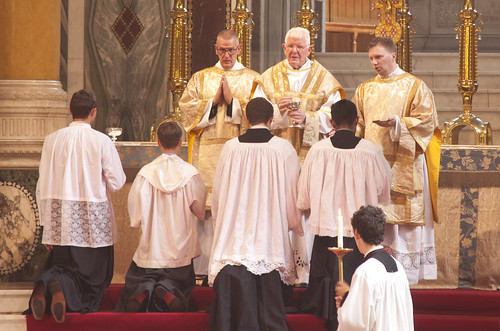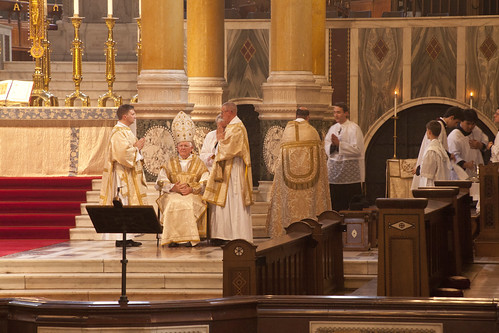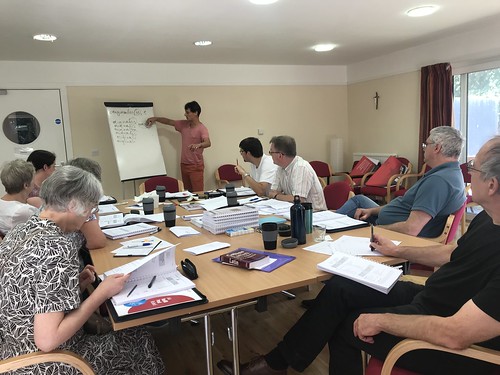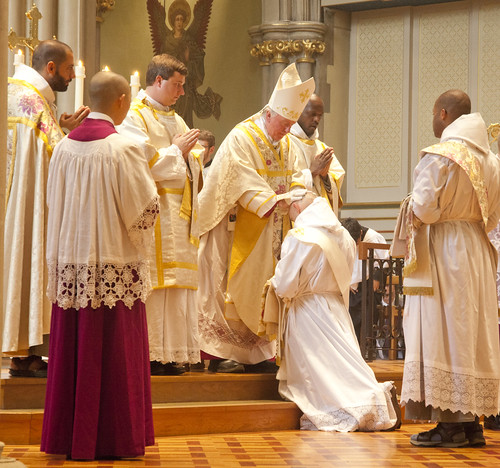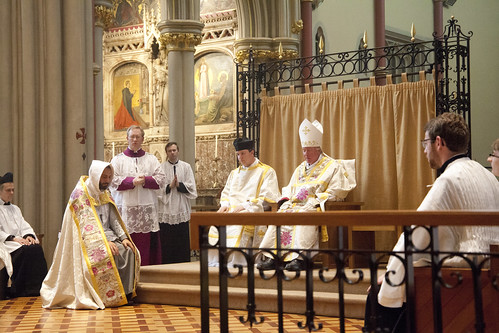My latest on LifeSiteNews.
Contemplating the problems in the Church today, I feel like the countryman in the joke about the stranger asking for directions. 'If I were going there,' he replies, 'I wouldn't start from here.'
I wouldn't start from a situation in which, because of fifty years of bad or absent catechesis, some people walk out of church if they hear a sermon which talks about moral issues. I wouldn't start from a situation in which, because of fifty years of poor and occasionally sacrilegious liturgy, some people walk out because they see anything redolent of reverence or tradition.
We are where we are. How could we begin to make things better, without making things too much worse in the short term? Bearing in mind that if you make things too much worse in the short term, you lose your chance to persist in the experiment for the long term.
Here are a couple of ideas. If implemented, they would drive some people out: but any policy will do that, including the policy of no policy, just leaving things alone. The hope is that with the right ideas, a counter-trend of growth might be established.
------------------------------------
I have now written short reviews here of both of Professor Stephen Bullivant’s books: one on a recent survey of lapsed Catholics for the Diocese of Portsmouth in England, the other an in-depth discussion of the sociology of Catholics leaving the Church. These form the background to my consideration, today, of what the Church can do to stem the tide of lapsation, which continues, notwithstanding Catholic immigration into both the U.K. and the USA, which flatters the overall numbers.
Prof. Bullivant asked the lapsed Catholics who completed the Portsmouth survey the simple question: “Can you imagine yourself returning to the Church? If so, what specific things might the Church do to help towards this?”
Unsurprisingly, respondents who thought their return was conceivable proffered conflicting advice. For some, the Church was too traditional, for others too liberal. For some, Masses were not family-friendly; for others, they were too “family focused.” And so it goes on.
Support the Latin Mass Society
